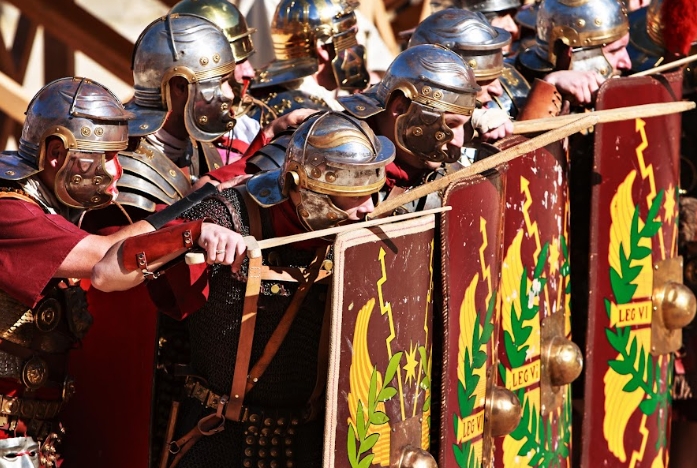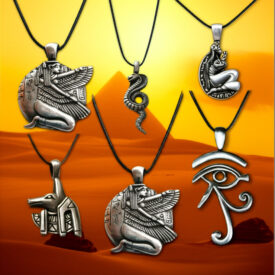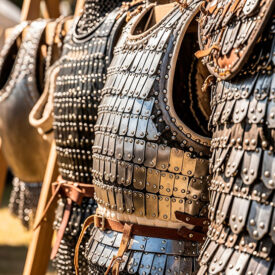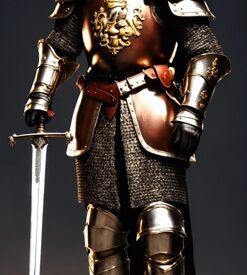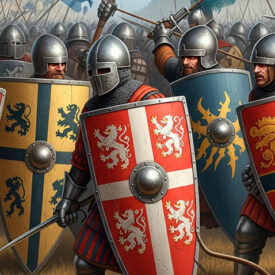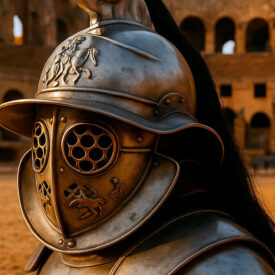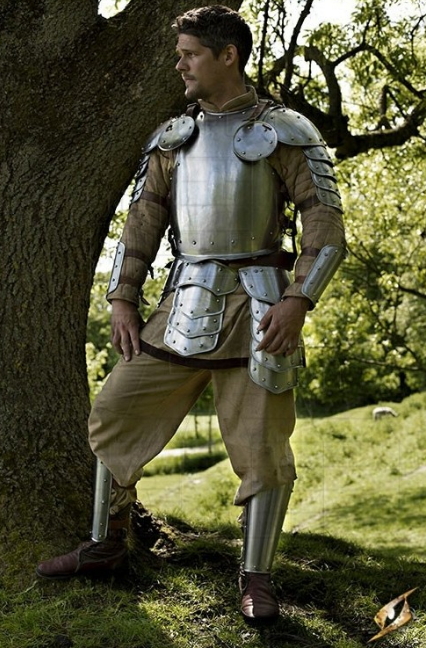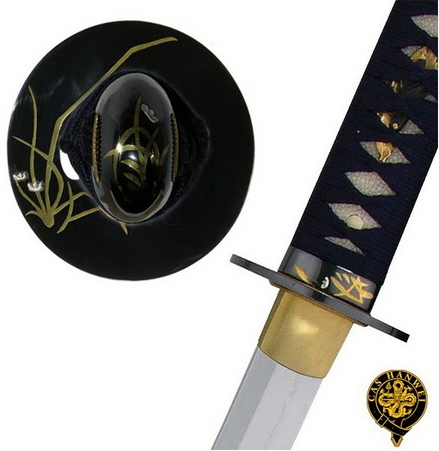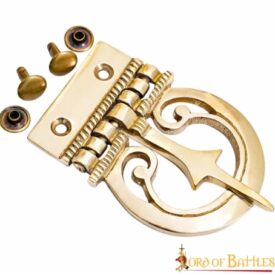ARMS AND ARMOUR ROMAN
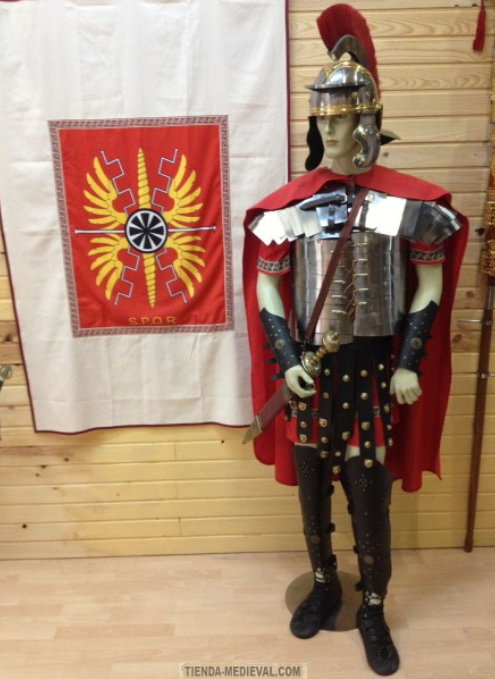
The origin of armor dating from the period when the Egyptian military garb consisted of a helmet and a breastplate made of strong cloth or leather covered largely with metal plates.
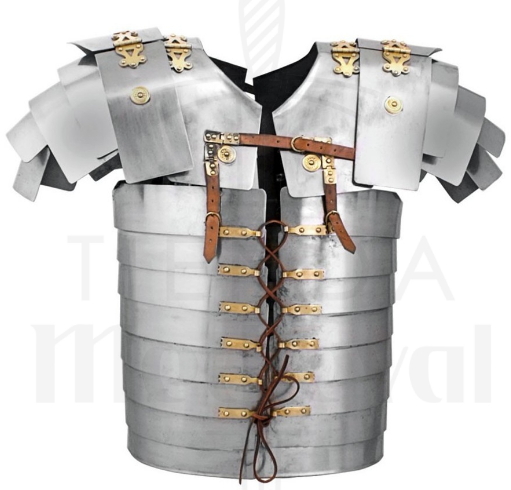
The Roman warriors of the early centuries defended his head with the galea or helmet of leather and metal plates and the trunk by a small armor plates but also after the conquest of Gaul was adopted Casais or metal helmet (used earlier by the Celts and Iberians) with jugular neck shield and chainmail for the trunk.
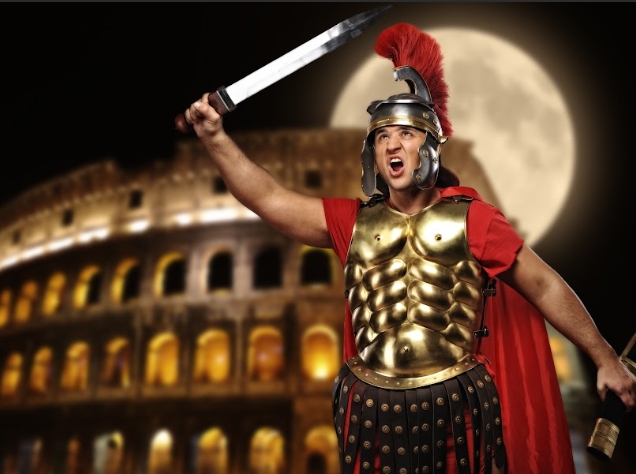
Cavalry squadrons carried in their place or plumata Aquamate lorica, arranged in the form of metal flakes sewn leather or fabric sobe fort. Been within the breastplate of any size to go with the cingulum or cinctum,leather belt and metal plating of the fibula subject with which hung the sword.
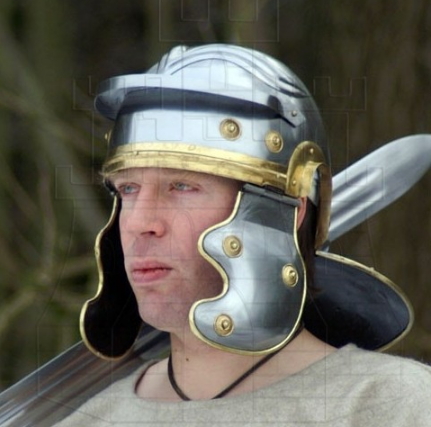
The Legionnaires guarding the chest and back with a breastplate or shield flexible steel strip and the short arm with a bronze armlet.
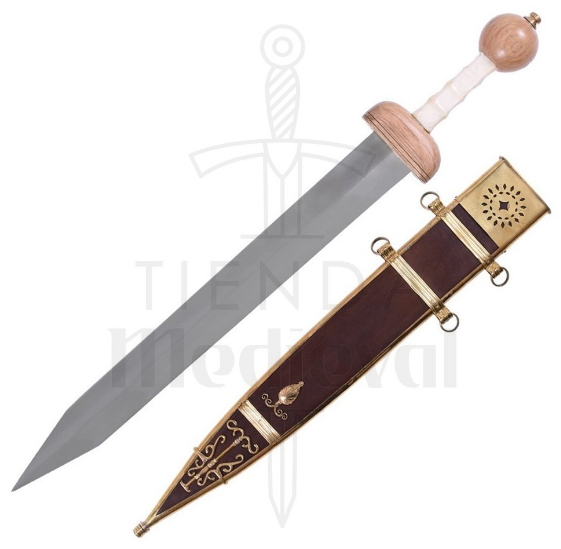
The emperors and other senior leaders of the Roman militia served as a Roman Shield in two pieces (breastplate and back), decorated with reliefs and perfectly adapted to the trunk.
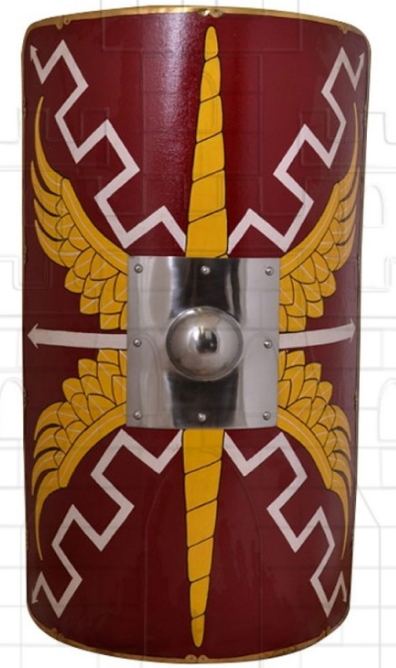
ROMAN SHIELD
Called Scutum the shield of the Roman Empire was used by the Roman legions. The scutum was a form adapted to the shape of the human body. Could be oval or rectangular (as door). Seen from the side, the scutum takes a curved shape that better protected from attacks coming from the flanks. Although curved profile remained unchanged over the centuries, their form changed slightly.
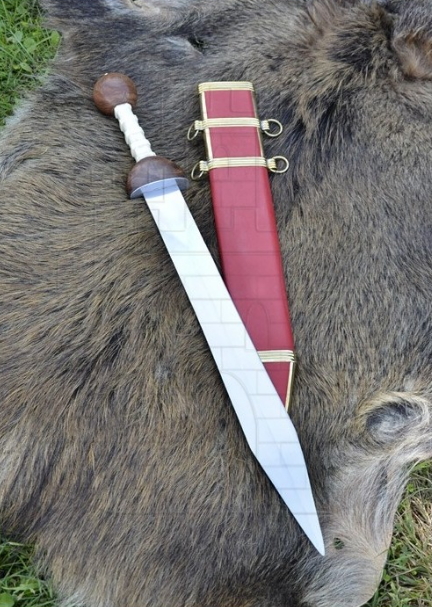
During the days of the Republic was oval, and remained so during the Empire a few years until they began using the rectangular shape. He was a great size and excellent defense for the Roman legionaries, without its weight becomes a burden or a hindrance for those who carry it.
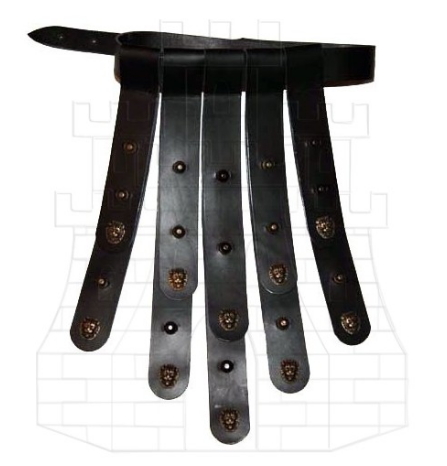
Refugee behind him, the legionnaireneutralized the attacks of the enemies, then garnished from his position, attacking with gladius, or Roman short sword.
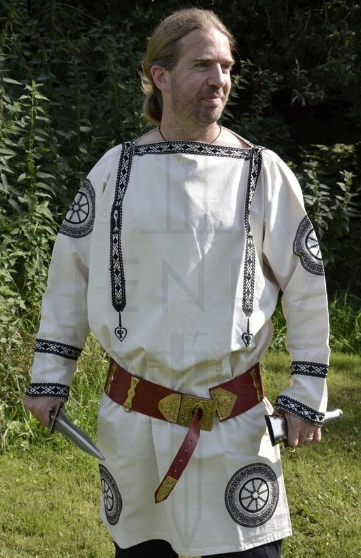
Its use was essential in the training in turtle, commonly used by Roman legions in battle. Its use is lost in favor of an oval shield (inspired barbarian), progressively from the third century.
